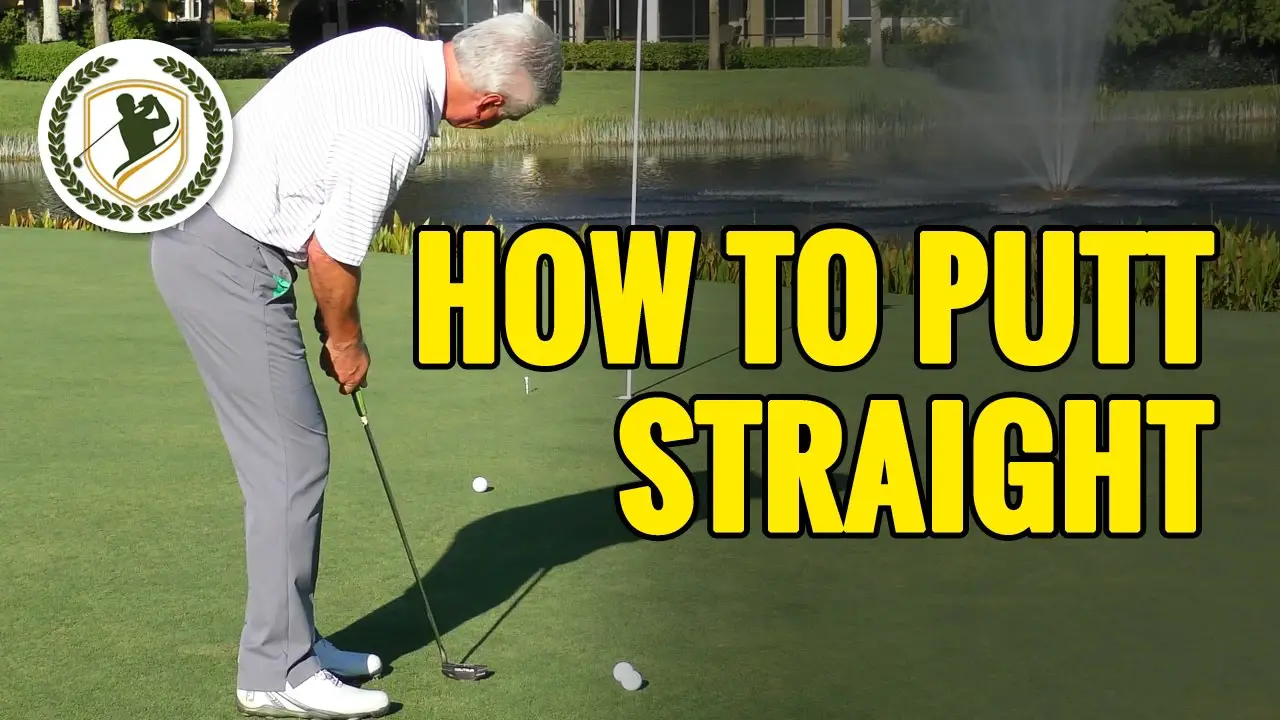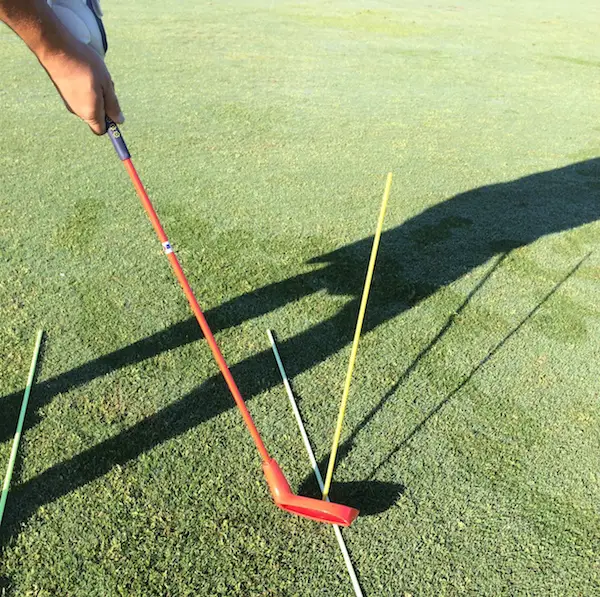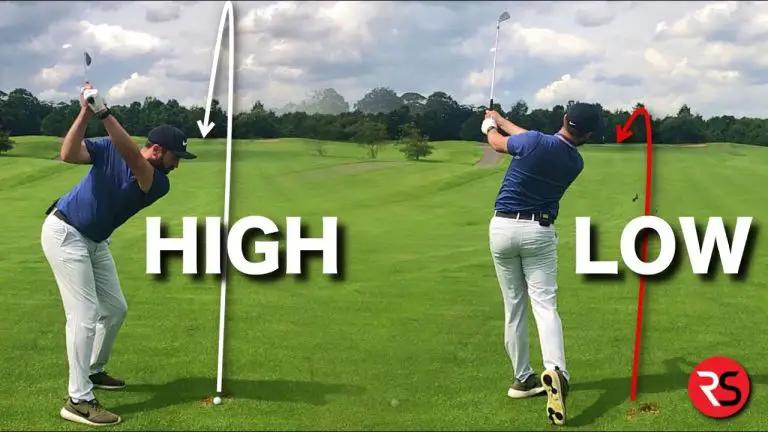How To Putt In Golf

Putting is often regarded as the most delicate and precise skill in the game of golf. It is on the putting green where the game is won or lost, where a single stroke can make all the difference. To become a proficient golfer, mastering the art of putting is essential. From reading the subtle breaks of the green to executing a smooth stroke, every aspect of putting requires finesse, focus, and practice.
In this comprehensive guide, we will unravel the secrets to successful putting in golf. Whether you’re a beginner looking to improve your short game or an experienced golfer seeking to fine-tune your skills, this guide will provide you with a step-by-step approach to become a more confident and effective putter.
We will explore the intricacies of the putting green, the various putting techniques and grips, and the mental aspects of putting. We will delve into the importance of reading the green, developing distance control, and managing putting challenges. Additionally, we will discuss effective practice strategies, analyze putting statistics, and highlight the importance of putting etiquette.
So, grab your putter, step onto the green, and let’s embark on a journey to unlock the secrets of exceptional putting. With dedication, practice, and the insights provided in this guide, you’ll be on your way to sinking those crucial putts and taking your golf game to new heights.

Understanding the Putting Green
Putting greens are where the magic happens in golf. They consist of carefully manicured grass, undulations, and varying speeds that pose challenges and opportunities for golfers. Understanding the attributes of a putting green and how they influence your putts is essential. In this section, we will explore green speed, contours, and other factors that affect your putting performance.
Choosing the Right Putter
Selecting the right putter is crucial for a consistent and effective putting stroke. In this section, we will delve into the attributes of putters, such as length, weight, and design, and how they impact your stroke. Understanding the different types of putters and finding one that suits your stroke and preferences can make a significant difference in your putting performance.
Mastering the Putting Grip
The putting grip is your connection to the putter and plays a vital role in maintaining control and consistency. We will explore different putting grip styles, including the traditional grip, cross-handed grip, and claw grip. Understanding the nuances of each grip and finding one that feels comfortable and natural to you will help you achieve a more stable and repeatable putting stroke.
Setting Up for a Successful Putt
Proper setup is crucial for a successful putt. This section will cover the key elements of setting up for a putt, including your stance, body alignment, ball position, and putter face alignment. A solid setup will enable you to start your putt on the intended line and with the correct speed.
Reading the Green
Reading the green is a skill that separates good putters from great putters. It involves assessing the slope, break, and speed of the putt. In this section, we will explore techniques for reading the green, including observing the surroundings, using visual cues, and relying on your feel and intuition. Developing a keen eye for reading the green will help you make accurate judgments on how the ball will roll.
Executing the Putting Stroke
The putting stroke is the physical motion that propels the ball towards the hole. There are various putting stroke techniques, including the pendulum stroke, arc stroke, and straight-back-straight-through stroke. We will discuss each technique in detail, outlining their characteristics, advantages, and considerations. Additionally, we will provide tips and drills to help you refine your putting stroke.
Developing Distance Control
Distance control is a critical aspect of putting that ensures your ball reaches the hole with the correct speed. In this section, we will delve into the importance of tempo, rhythm, and feel in achieving consistent distance control. We will provide practical exercises and strategies to improve your ability to gauge and control the speed of your putts.
Managing Putting Challenges
Putting on the golf course presents various challenges, such as uphill putts, downhill putts, and putts with significant breaks. This section will discuss specific techniques and adjustments required for different putting situations. We will share tips on how to approach uphill and downhill putts, as well as strategies for navigating putts with substantial breaks. By understanding these challenges and employing the right techniques, you can tackle even the most demanding putting scenarios with confidence.
Practicing and Improving Putting Skills
Practice is the key to improving your putting skills. In this section, we will outline effective putting drills and routines that can help you refine your putting technique and build consistency. We will provide a variety of practice exercises that focus on different aspects of putting, including alignment, stroke mechanics, distance control, and green reading. Additionally, we will discuss the benefits of using training aids, such as putting mats, alignment aids, and putting mirrors, to enhance your practice sessions and accelerate your improvement.
Analyzing Putting Statistics and Performance
Tracking and analyzing putting statistics can provide valuable insights into your performance on the greens. This section will introduce key putting statistics, such as putts per round, one-putt percentage, and three-putt avoidance. We will discuss how to track these statistics and use them to identify strengths and weaknesses in your putting game. By analyzing your putting performance, you can focus on specific areas that need improvement and tailor your practice sessions accordingly.
Mental Aspects of Putting
Putting is not just a physical skill; it also requires a strong mental game. This section will explore the mental aspects of putting, including managing pressure, staying focused, and developing a positive mindset. We will discuss strategies for dealing with putting nerves, visualizing successful putts, and maintaining composure on the greens. Developing mental resilience and confidence will greatly enhance your putting performance.
Putting Etiquette and Course Courtesy
Putting etiquette is an important aspect of the game, ensuring a smooth and enjoyable experience for all players on the golf course. In this section, we will cover common putting etiquette practices, such as marking your ball, not standing in a player’s line, and maintaining a steady pace of play. Understanding and adhering to proper putting etiquette demonstrates respect for fellow golfers and promotes a harmonious atmosphere on the greens.
Conclusion
Putting is often referred to as the “game within the game” in golf. It requires precision, touch, and a deep understanding of the greens. By following the steps and techniques outlined in this guide, you can improve your putting skills and become a more confident and effective putter. Remember, putting is a skill that requires practice, patience, and continuous refinement. So, embrace the challenge, enjoy the journey, and watch as your putting game reaches new heights. With dedication and the right mindset, you’ll sink those critical putts and see your scores improve on the golf course.






